The Book
Humphrey Carpenter begins with a snapshot of his own meeting with J.R.R. Tolkien prior to writing the book. Then, he gives an overview of Tolkien’s life, from his birth in South Africa in 1892 to his burial in Oxford in 1973.
Early Life
In Tolkien’s early years, he hops from place to place with his younger brother Hilary and his mother Mabel, from countryside to city and there and back again. As he grows up, he begins to excel in language learning, and his mother teaches him Latin, French, and German. She strives to provide him a good education, so they move into the city. Tolkien much prefers grass and trees to smog and city sounds, but he has a much closer walk to school.
“This love for the memory of the countryside of his youth was later to become a central part of his writing, and it was intimately bound up with his love for the memory of his mother.”
― Humphrey Carpenter, J.R.R. Tolkien: A Biography
Eventually, his mother dies in 1904 due to a diabetic coma, and he and his brother are raised under the guardianship of a Catholic Priest named Francis Morgan, a family friend and mentor. At sixteen, Tolkien meets Edith Pratt, and a romance blossoms between the two orphans.
“Writing to Edith long afterwards, Ronald recalled ‘my first kiss to you and your first kiss to me (which was almost accidental) – and our goodnights when sometimes you were in your little white night-gown, and our absurd long window talks; and how we watched the sun come up over town through the mist and Big Ben toll hour after hour, and the moths almost used to frighten you away – and our whistle-call – and our cycle-rides – and the fire talks – and the three great kisses.”
― Humphrey Carpenter, J.R.R. Tolkien: A Biography
Father Francis is strongly opposed to the romance, and around that time, Tolkien fails to obtain a scholarship to Oxford. Eventually, out of respect for Father Francis, Tolkien halts contact with Edith, and in 1910, obtains a scholarship to Oxford’s Execeter College. At the college, he forms the T.C.B.S., otherwise known as The Tea Club, Barrovian Society, with several classmates. The friendships deepen, especially between the four core members: Tolkien, Smith, Wiseman, and Gilson.
In 1911, he takes a holiday and goes hiking in Switzerland where he obtains a postcard of a man with a wide-brimmed hat, long beard, and a cloak- “Der Berggeist” by Josef Madlener. This is to be the inspiration of Gandalf, and much of the trekking through The Misty Mountains in The Hobbit is inspired by this trip.
Tolkien studies at Oxford and begins learning Finnish, as well as dappling with his own made up language he had as a child. At the age of twenty-one, he renews the romance with Edith, and in 1914, they are betrothed. During this time, he writes a poem while visiting his aunt’s farm “The Voyage of Éarendel the Evening Star.” This would be the beginning of his mythology of Middle-earth.
In 1916, he and Edith are married, and after only a month or two as a newlyweds, Tolkien enters the war. He travels abroad, sees battle, and becomes sick with trench fever. He is transferred back to England. He is in and out with illness numerous times throughout the next few years. During this time, Tolkien loses many of his friends within the T.C.B.S. due to the war (only Wiseman survives), and while in and out of the hospital, he continues writing several stories and poems that would become the early drafts of The Simalrillion. In 1917, Edith gives birth to their first son, and in 1918, Tolkien is hired to help write The English Oxford Dictionary.
Scholar Life
In 1925, Tolkien is a professor at Oxford. He is thirty-three with three sons (John, Michael, and Christopher), and in 1929, his daughter Priscilla is born. He and his wife Edith live very different lives, he at Oxford lecturing and researching languages, and Edith raising the children with some household help. The two even sleep in different rooms due to Tolkien’s snoring. But they both enjoy stories, and Edith, an accomplished pianist, loves music and dancing, and they both finally have a family they can call their own.
Tolkien, an exceled philologist, knows languages such as Middle English, Old English, Finnish, Gothic, Greek, Italian, Old Norse, Spanish, Welsh, and Medieval Welsh. He dabbles in poetry and short stories, and enjoys entertaining his children with his own made up tales and drawings. In 1926, he and C.S. Lewis become friends after meeting for the English faculty at Merton College. The two meet once a week to discuss literature and their own works, which they would read and critique.
In 1930, Tolkien write’s down “In a hole there lived a hobbit” on a blank paper while grading essays. The next year, C.S. Lewis gradually converts to Christianity after long discussions with his fellow Inklings Tolkien and Hugo Dyson.
“You call a star a star, and say it is just a ball of matter moving on a mathematical course. But that is merely how you see it. By so naming things and describing them you are only inventing your own terms about them. And just as speech is invention about objects and ideas, so myth is invention about truth.”
― Humphrey Carpenter, J.R.R. Tolkien: A Biography
In 1933, Tolkien and Lewis begin to meet with several men who share their interest in literature and philosophy. They read their unpublished works and poetry and offer criticism, usually at local pubs or at Lewis’s rooms at Magdalen College. They continue to meet for another sixteen-ish years, discussing their writings over plenty of beer. These men were some of the first to hear chapters of The Hobbit and The Lord of the Rings.
In 1937, The Hobbit is published and takes off, and Tolkien’s publisher wants a sequel to the children’s story. Unfortunately for them, it would Tolkien seventeen years to write The Lord of the Rings, and it’s an epic tale meant for an older audience.
Late Life
By 1950, Tolkien is sixty-eight years old. His friend C.S. Lewis has grown in popularity with his publication of The Screwtape Letters, and his recent novel, The Lion, the Witch, and the Wardrobe has further escalated his fame. By then, Tolkien has nearly completed his massive sequel, and he’s still working on The Silmarillion with additions, revisions, and appendices. After some debate on who should publish these stories, Tolkien eventually goes with Allen & Unwin, who had worked with him on The Hobbit. By 1955, The Lord of the Rings is out in three volumes, and it quickly becomes, unsurprisingly, a massive hit. In 1965, as the US still awaits paperback, Ace Books goes ahead and publishes their own pirated paperback of his books. This somehow only heightens its cult status.
J.R.R. Tolkien is famous, though he doesn’t know what to make of it, but he does enjoy receiving fan-mail, especially if it concerns the elvish languages and questions regarding Middle-earth. In 1959, he retires and continues to write small stories, such as The Adventures of Tom Bombadil, and also continues to work on The Silmarillion, which he has always wanted published.
“In particular he felt lonely at the lack of male company. His old friend and doctor, R. E. Havard of the Inklings, was a near neighbour and (being a Catholic) often sat next to him at mass on Sundays. Their conversation on the way home after church was an important part of Tolkien’s week, but it often only made him nostalgic.
C. S. Lewis died on 22 November 1963, aged sixty-four. A few days later, Tolkien wrote to his daughter Priscilla: ‘So far I have felt the normal feelings of a man of my age – like an old tree that is losing all its leaves one by one: this feels like an axe-blow near the roots.”
― Humphrey Carpenter, J.R.R. Tolkien: A Biography
In 1966, a second edition of The Lord of the Rings is published, and in 1968, Tolkien and Edith move to Poole. Edith is much happier living in the area, unlike Tolkien, but they both make do with their new lifestyle until Edith’s death in 1971. After her death, Tolkien moves back to Oxford and lives with a younger couple. He receives an honorary Doctorate of Letters by Oxford University as well as an honorary degree of Doctor of Letters by Edinburgh University over the next two years, and in 1973, he dies of a stomach ulcer at the age of eighty-one. Later, his son Christopher, who had many a times helped with his world and maps, helps to publish books such as The Silmarillion, Pictures of J.R.R. Tolkien, and The Book of Lost Tales.
Review
Ah, what can I say? If you’re a Tolkien lover, you should read this book. It was a slow process for me, but like a good wine, each sip was savored. I knew little of Tolkien’s early life, and it was an eye-opening read, as Tolkien underwent several tragedies in his life. There’s so much I left out in this biography. Carpenter writes both positively and negatively of Tolkien’s traits which I appreciated, and though this is a biography, this also reads like a story. Tragedy? Forbidden love? Second Chances? Check check check!
If you’re a writer, I’d say this book is a must read. Many a times, Carpenter highlights Tolkien’s chaotic writing process, and in the book, the reader has the absolute pleasure of stumbling upon statements like this one:
This is a book I will keep on my shelves, and for further reading, I plan to get my hands on The Inklings and Bandersnatch.
The Brew
Tolkien himself seemed very fond of brews of all kinds, especially if they possessed strong flavors! For this book, I chose Earl Grey (for early morning reading), or red wine (for late evening reading).
Humphrey Carpenter, J.R.R. Tolkien: A Biography
https://www.goodreads.com/work/quotes/493147-j-r-r-tolkien-a-biography
https://www.tolkiensociety.org/discover/timeline/

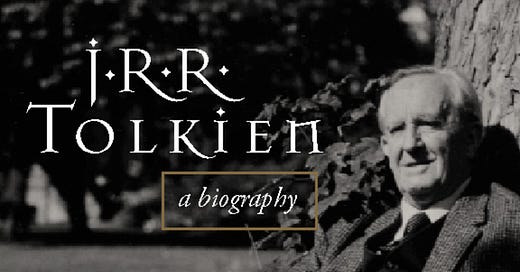



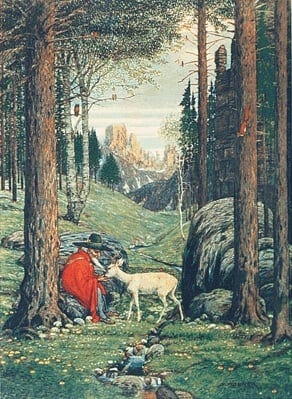
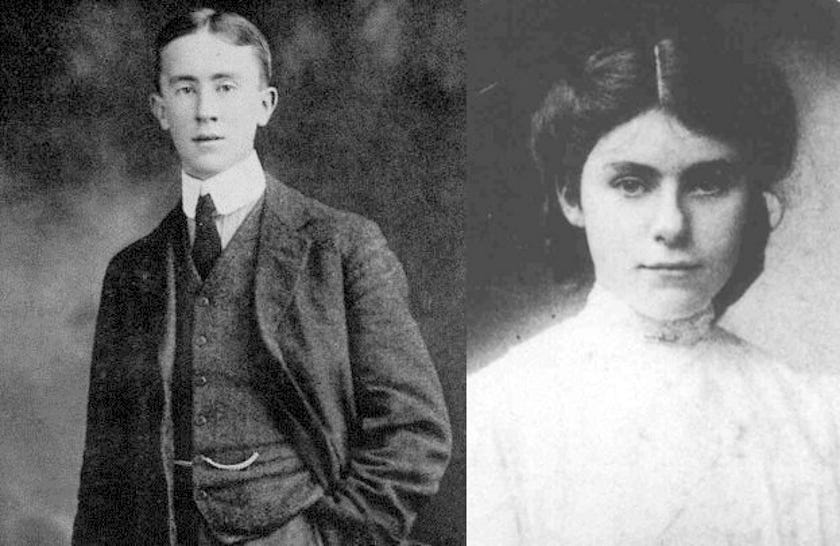

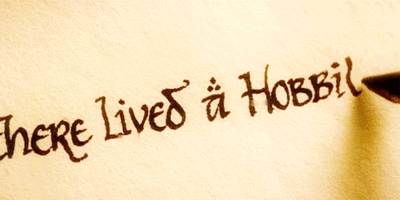
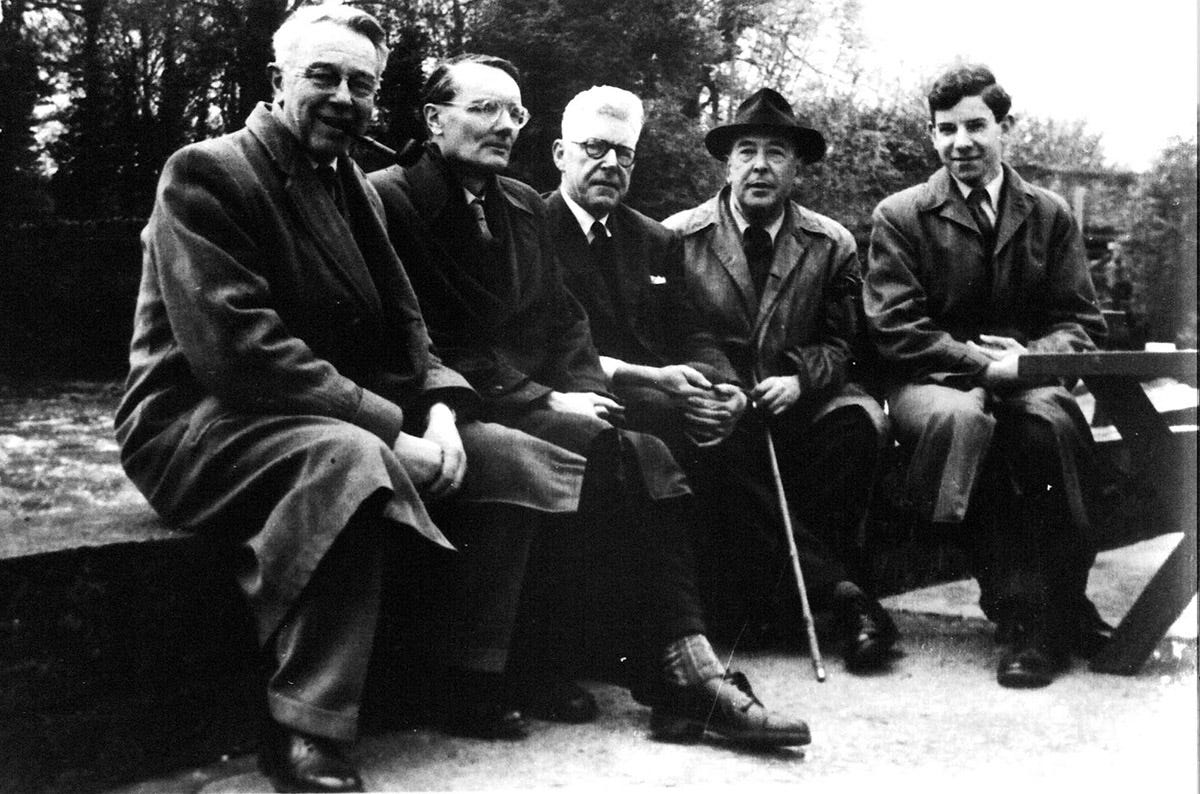

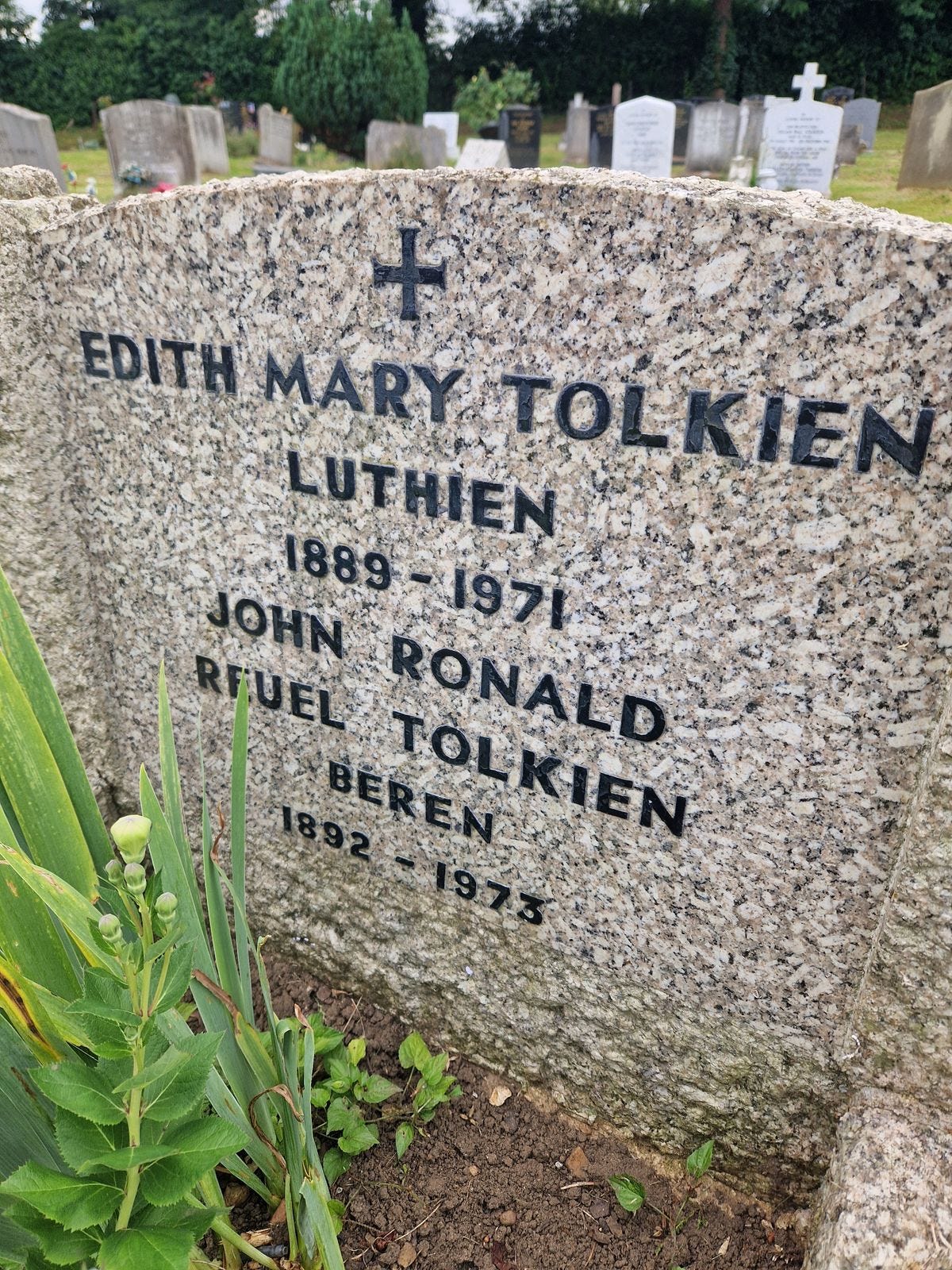
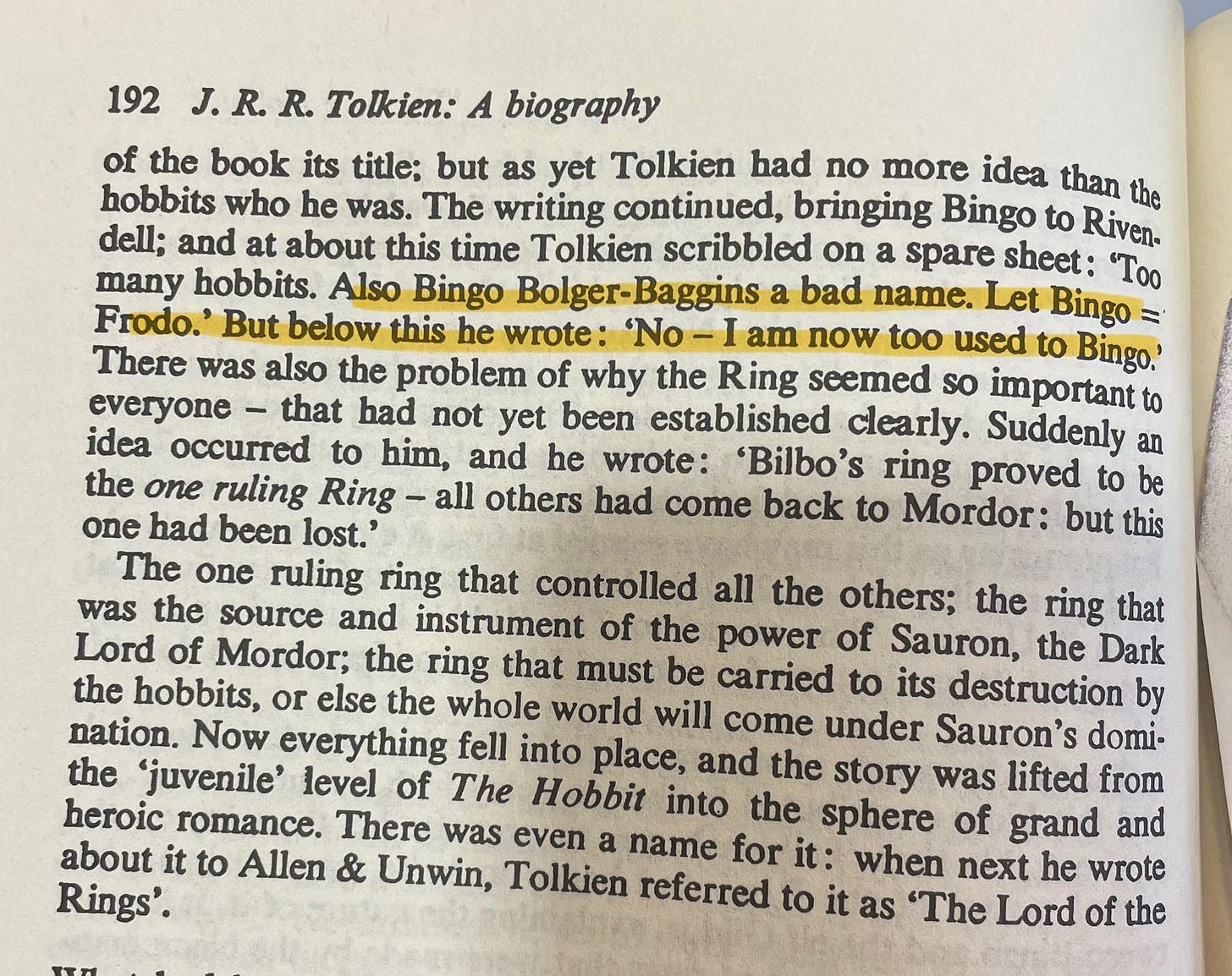
Very informative. I like that I can find disney and tolkien book review content in the same account!